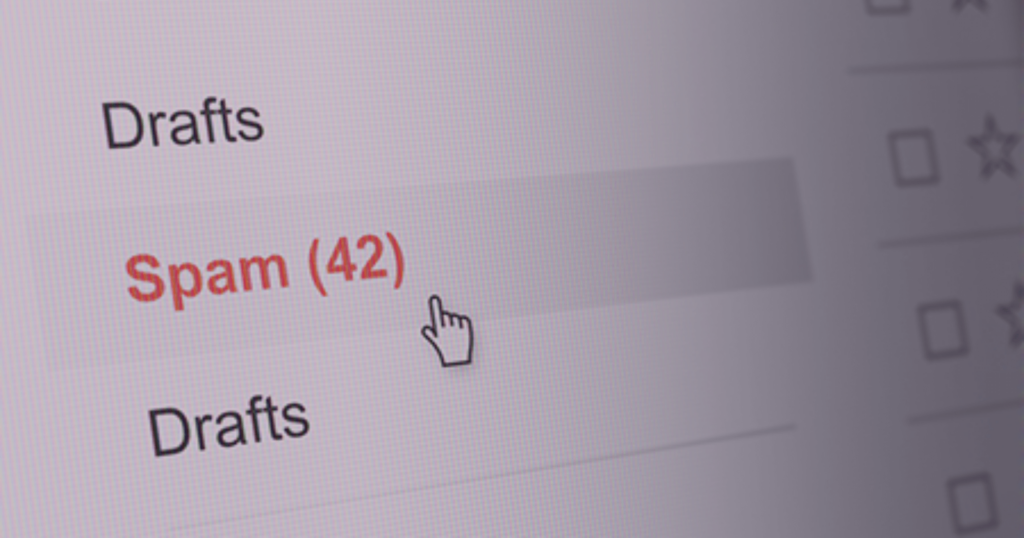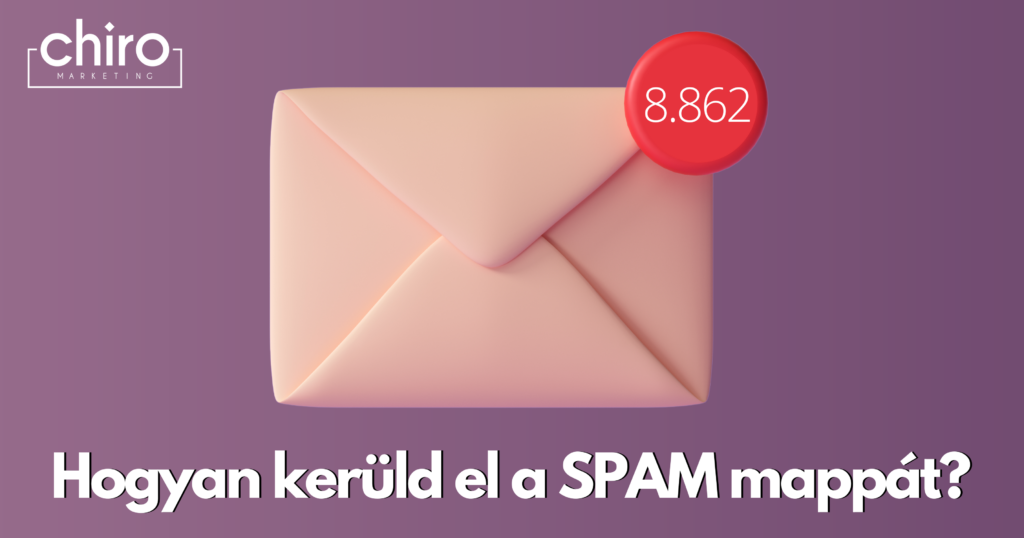23rd June is World Anti-Spam Day. Yahoo designated this day in 2003 to draw attention to the importance of protecting against unsolicited messages. When you hear the word spam, you usually think of deceptive, clickbait emails. But it’s much easier to end up in this dreaded folder than you might think! How to avoid it? We’ll help you, as a digital marketing agency can guide you through best practices.
We consider spam to be any message that:
- is unwanted, annoying content for the user,
- comes from a suspicious email address or hides the sender’s identity,
- is mass-distributed, non-unique content.
Email marketing is an extremely effective tool. You can inform your customers about the latest promotions, remind them of items left in their cart, and increase their commitment with regular, interesting content. Unlike most online marketing tools, users don’t need to log into a social media account or browse the internet if they’ve subscribed to a mailing list. They’ll definitely receive the email. However, it does matter which folder the email lands in! This has a huge impact on the email’s future life.
As an ethical marketing agency in Budapest, we provide some tips to ensure your emails don’t end up in the spam folder.
Build a stable subscriber base!
Collect subscribers yourself, so you can be sure that your readers are genuinely interested in your content. Unlike purchased mailing lists, this way you can also ensure that your database complies with GDPR guidelines.
- Maintain your database! Delete incorrect, inactive addresses to increase the open rate, which has a positive impact on spam filters.
- Send emails regularly! If you send an email at the same time every time, your subscribers will expect the current message. So you can make sure your readers don’t forget about you and are more likely to open your emails.
- Ask your users to mark your emails as primary! Gmail often places marketing emails in the promotions folder, but users can easily fix this: they just need to move them to the Primary tab and apply the setting to future messages as well. This improves the domain’s credibility in the eyes of the filters.
- It’s not the end of the world if a subscriber leaves! If one of your readers decides to unsubscribe from your content, you can ask them to tell you the reason. You can learn from their feedback, and who knows, you might even be able to win the user back.

Content – the most important ingredient of avoiding spam
A good newsletter achieves an exciting, attention-grabbing headline to get the reader to click. But in order to keep your subscribers, you need to put a lot of emphasis on the content as well.
In order to prevent your readers from unsubscribing, it’s important to share relevant, high-quality, and valuable news and promotions with them. If users find your email useful, it will result in higher conversions, subscription numbers, and open rates.
What else is worth paying attention to
Use your own domain name! A domain name that matches your company’s name not only creates a good impression on the user, but also reduces the likelihood of your email being placed in the spam folder by filters.
Pay attention to the differences between platforms! It is essential to optimize your emails for both phones and tablets. Reading text that is not adjusted to the screen can be quite unpleasant. And your subscribers won’t bother with it either.
What NOT to do if you don’t want to spam
Don’t use clickbait elements! Surely you don’t find a title full of capital letters and exclamation marks attractive, screaming on your screen, “SUMMER SALE!!! LAST CHANCE!!!!” These lines may catch the recipient’s attention, but they are guaranteed to fall into the spam filter.
Overly long emails also attract the attention of filters, so it is worth being concise in the email.

A little-kown, but insteresting fact
Spam has another meaning, which refers to unwanted content uploaded to websites, intentionally misleading search engines – which is a deeply unethical digital marketing method.
How does spam affect search engines?
Search engines perceive any activity as spam that hinders their operation. What does this mean in practice?
When building a website, it’s important that the content on the site is as SEO-friendly as possible. One of the oldest methods to achieve this is the use of keywords: the more popular keywords appear in a website’s text, the more valuable search engines consider the content, and the higher it ranks on the search results list. However, many people have abused this method, prompting Google to impose stricter rules: it has limited the number of keywords that can be used within a single text. Google also detects so-called hidden keywords (keywords that match the background color of the website), which it considers spam and can penalize.
Summary
We know how much of a struggle it is to capture a customer’s attention, including getting your emails into their primary inbox. If you follow our advice, you can pursue a successful email strategy, avoiding having your content end up in your subscribers’ spam folders. If you need help developing your business’s email strategy, feel free to reach out to us with confidence!
Sources:




